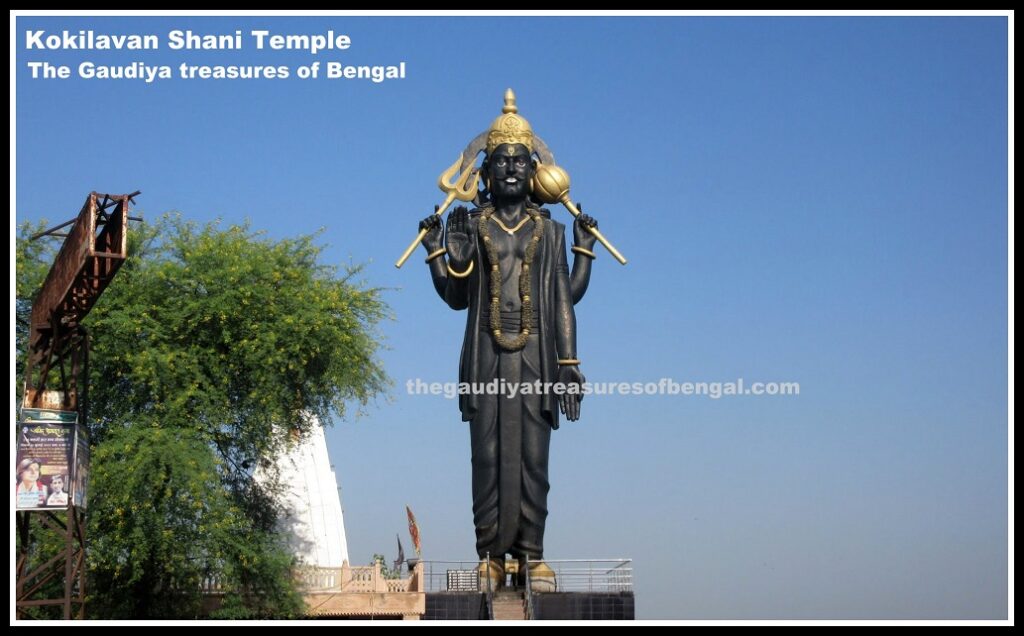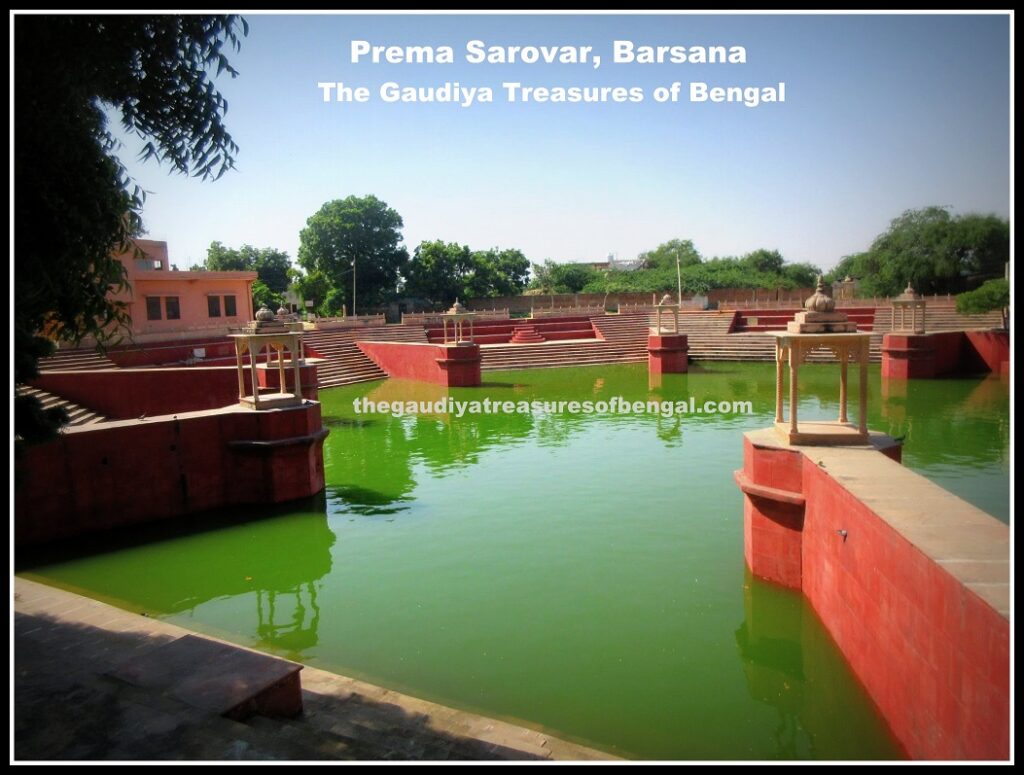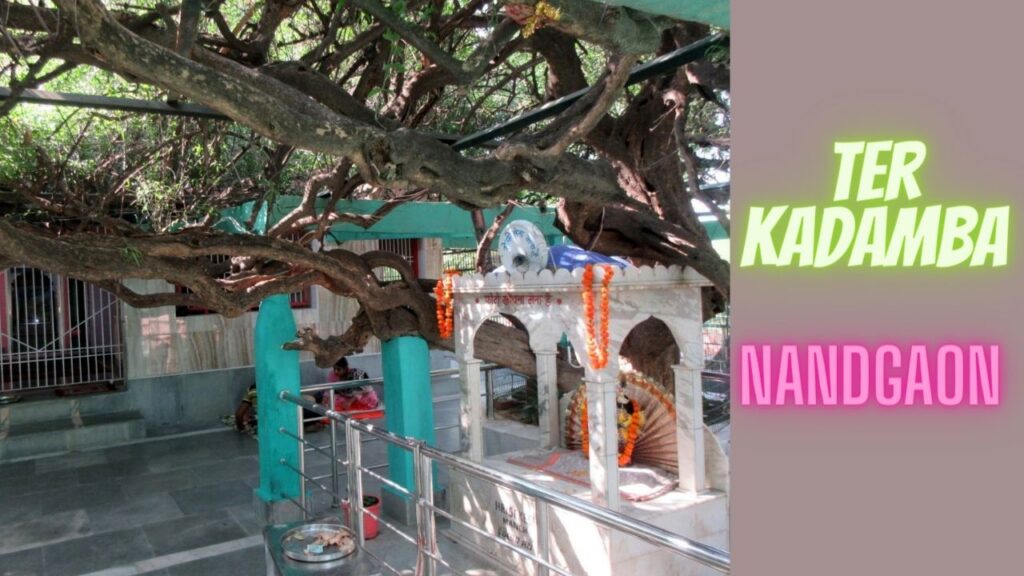
Kokilavan is situated three miles north of Nandgaon and one mile to the west of Yavat. To the west of Yavat, is a forest where many cuckoos would sing. Once Krishna entered the forest and made the sound of cuckoos to send a call to His beloved Radharani. Reciprocating to Krishna’s sound, thousands of other cuckoos began cooing, creating a huge ruckus. When Jatila (Radha’s mother-in-law) heard the sounds, she became very curious. Jatila asked Vishaka if she had heard anything like that before. Vishaka sought permission from Jatila so that she and Radharani could go to the forest and find out more. In this way, Radha entered the forest with her sakhis where she was able to meet with Krishna and enjoy unlimitedly. This forest is hence also known as ‘Kokilavan’ as it was here that Krishna made sounds of a Kokila bird (cuckoo) to send signals to Radharani. In this forest of Kokilavan is situated a magnificent temple of Lord Shani deva, which is also renowned as ‘Kokilavan Shani Mandir’.










